PROTECT YOUR DNA WITH QUANTUM TECHNOLOGY
Orgo-Life the new way to the future Advertising by AdpathwayOctober is a time of transition in the garden. It marks a time when the intensity of summer gives way to the more comfortable rhythm of autumn. As the air cools down, it becomes more pleasant to spend time outdoors. It’s a great time to accomplish some tasks on your October garden checklist.
Between clean-up and cool-weather planting, there is plenty to do this time of year. In fact, in warmer climates, fall tends to be a busier time in the garden than spring. By the end of summer, in any climate, most gardens could use a bit of sprucing up and preparation for winter.
October chores are not about rushing to get your vegetables in the ground. This is a slow, methodical, and thoughtful time in the garden. Tending to some of the tasks on this October garden checklist now will save a lot of effort in the spring.
Poly Yard Cart
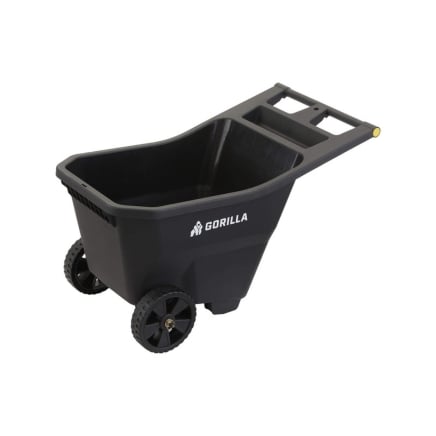
4.5 Cu. Ft. Poly Yard Cart
Poly Yard Cart
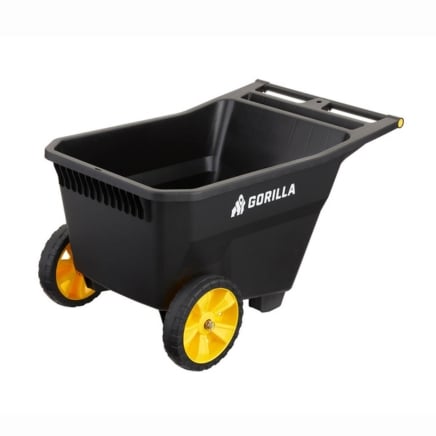
10 Cu. Ft. Poly Yard Cart
Poly Cart
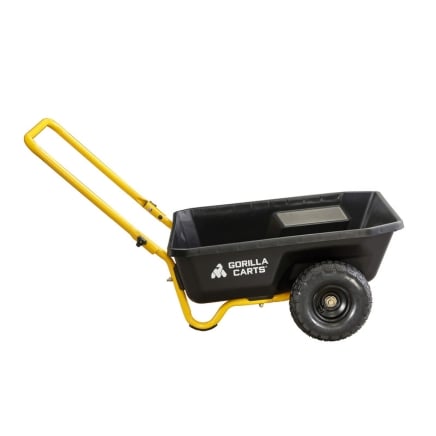
Clean Up Debris
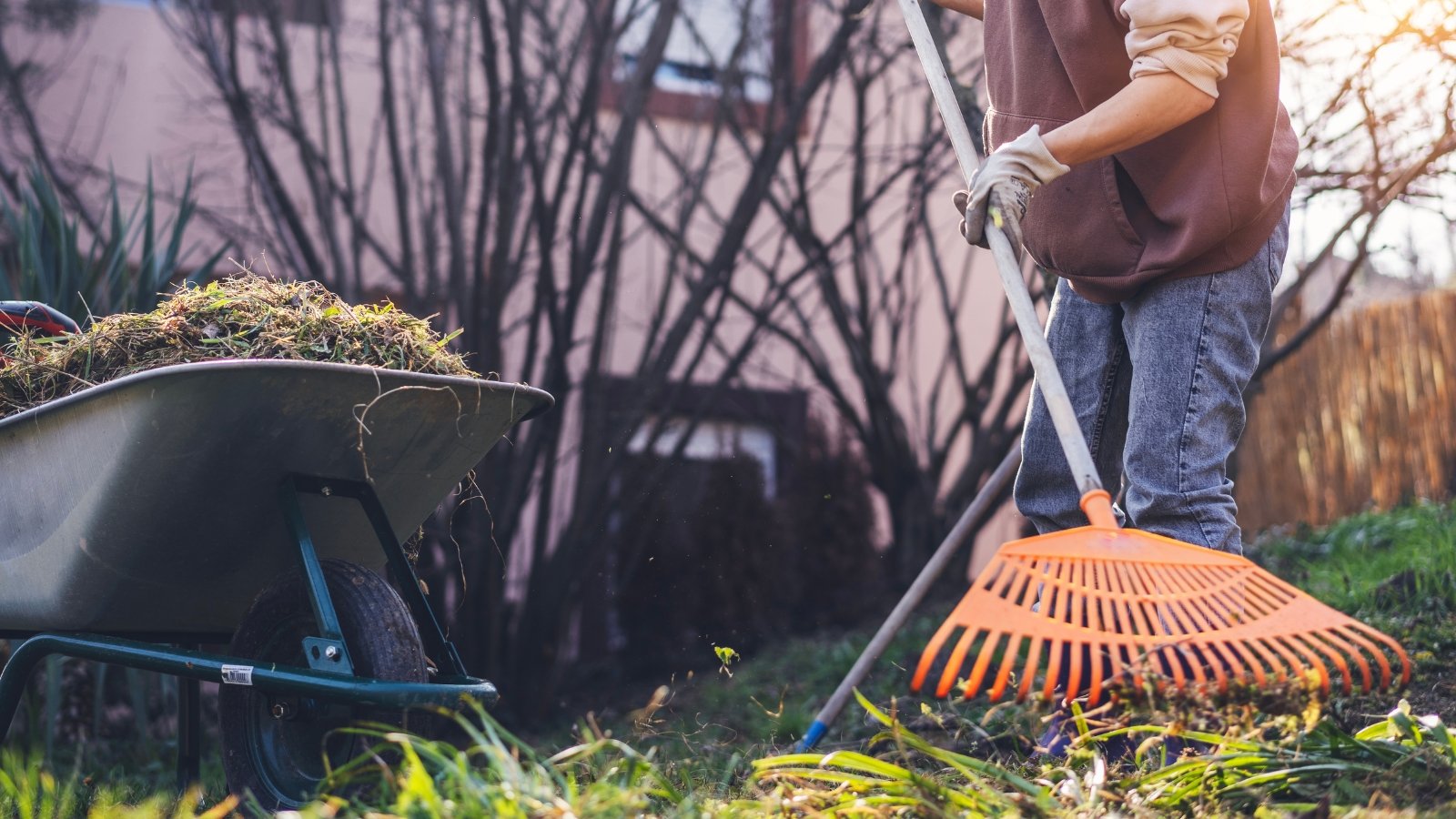 Tidying up fallen debris reduces overwintering pests naturally.
Tidying up fallen debris reduces overwintering pests naturally.One of the most important tasks to add to your October garden checklist is cleaning up. At the end of the summer, we set about with damage control, removing dead or diseased branches and cutting back excessive growth on some of our perennials.
It’s important to clear away all of this debris going into winter. Much of the cleaning up of plants this time of year is to remove damaged tissue. Parts of plants damaged by insects and diseases are particularly important to clean up.
Make sure to dispose of any infested or diseased plant parts away from the garden. Insects and pathogens can overwinter in this debris, so it’s important to get rid of it. A burn pile is a good way to handle it. Don’t put pest-infested or disease-ridden yard waste in the compost pile.
Remove Spent Annuals
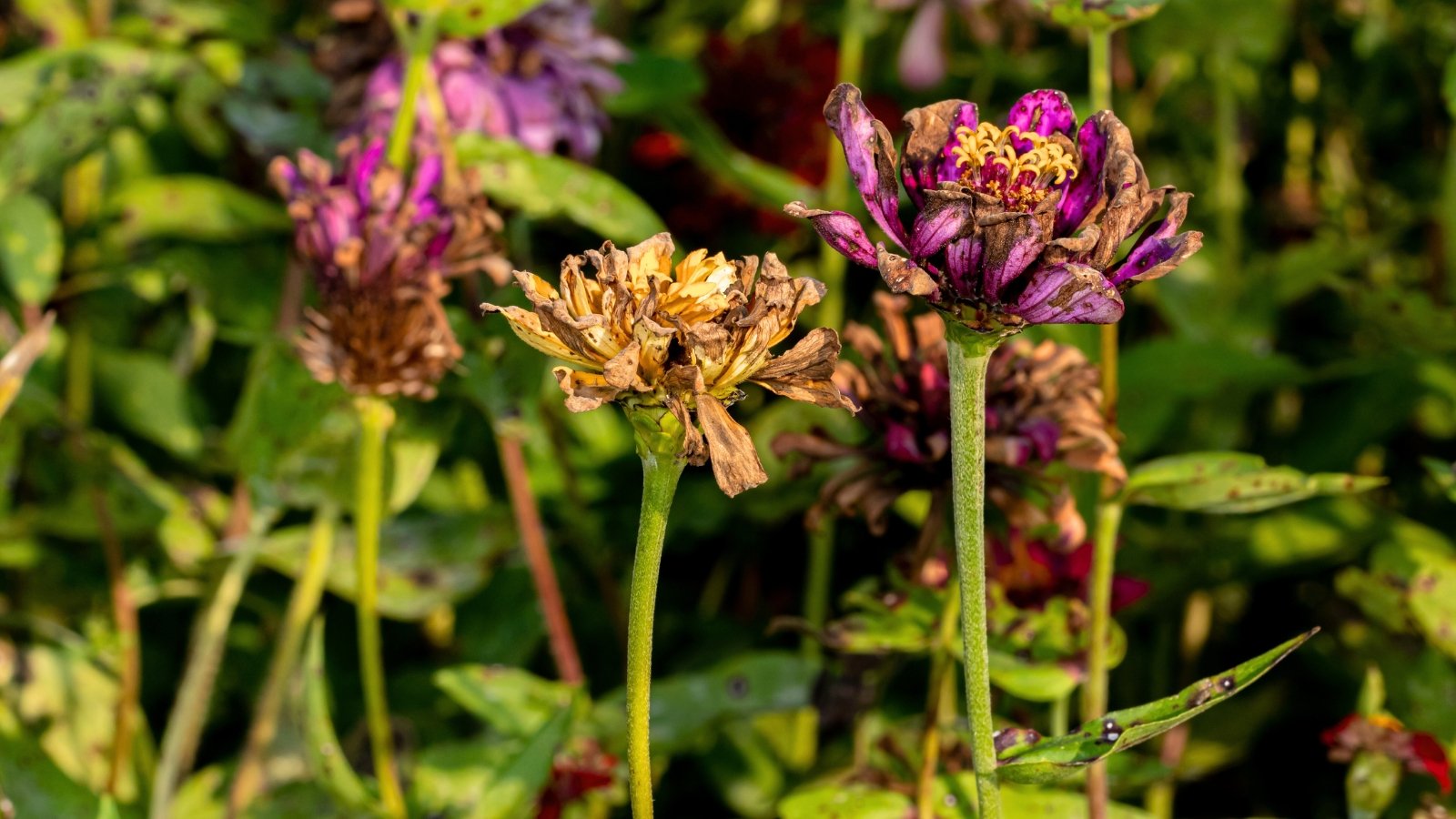 Cutting back faded annuals keeps beds looking tidy.
Cutting back faded annuals keeps beds looking tidy.Removing spent annuals is another great task to add to your October checklist. By now, many of our favorite summer annuals have faded. Leaving them as they are can make the garden look messy and unhealthy, even if it’s not.
There is some debate about whether it’s better to pull these plants or leave them, in part or whole, to decompose. For the most part, leaving them to decompose is the healthiest route. However, any plants with pest or disease damage need to go.
With healthy, spent annuals, you can do a couple of things. It’s best to cut them off at the soil, no matter what. Leaving the roots intact is great for the soil structure. It feeds microbes over the winter and also helps to prevent erosion.
As far as the tops of those plants go, you have two choices. If they are healthy, you can chop them up and leave them in the garden. As they decompose, they will feed the soil and replace depleted nutrients. Otherwise, add healthy plants to your compost pile or brush pile.
Check for Pests and Diseases
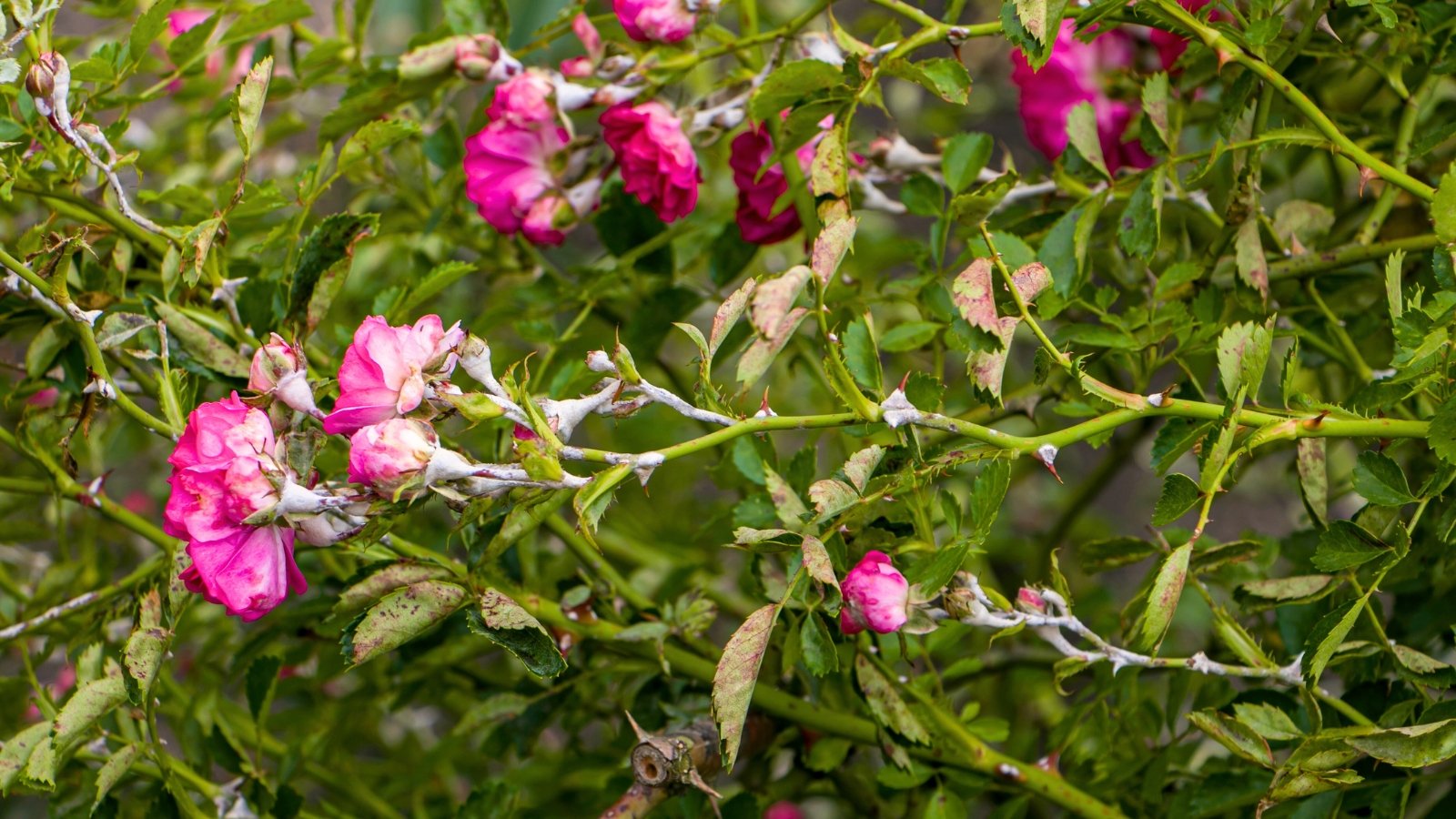 Treating early prevents larger infestations next spring.
Treating early prevents larger infestations next spring.Protect your garden as it goes into dormancy by inspecting for signs of pests and diseases. Even if you’ve done this already since summer ended, it’s good to check again before the first frost.
Many pests and diseases also enter dormancy in the winter, so they can be more difficult to spot. They may overwinter in crevices in the bark of trees, in the soil, or, as we discussed, in plant debris. If you give the garden a once-over now, you may have time to deal with them before it’s too late.
Look for signs of fungal diseases like powdery mildew that may stick around until spring. Look under leaves, especially as this is a spot where many pests like to hide and feed. Look at any plants that are losing leaves prematurely. Leaves changing color unevenly is another sign of a problem.
Treat any pests and disease issues that you can now. Dormant oil is a good way to deal with insect eggs. It smothers them, so they won’t hatch in spring and cause a larger infestation.
Plant Spring Bulbs, Perennials, Cool-Season Vegetables, Cover Crops
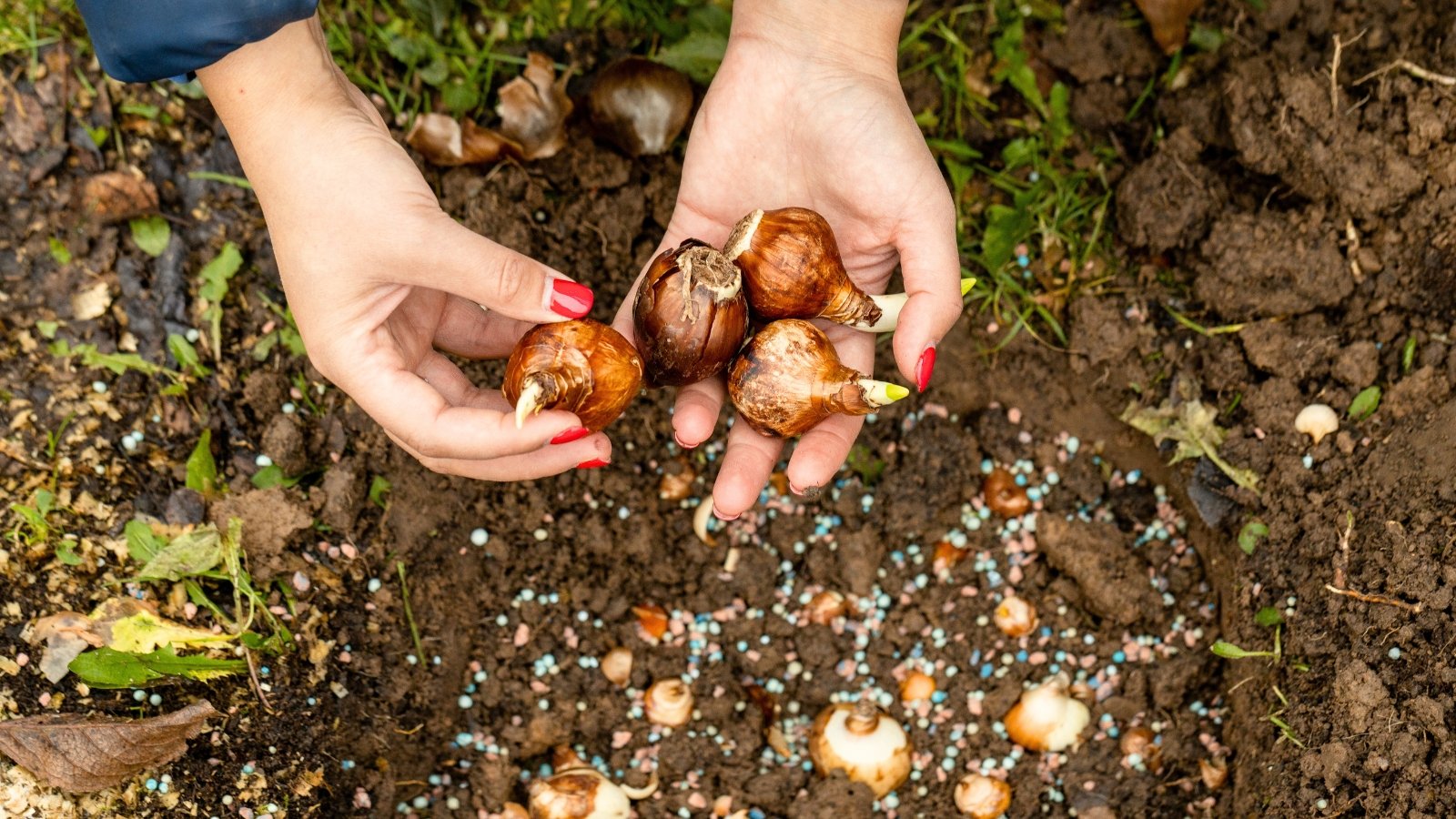 Spring-blooming bulbs need cold exposure for vibrant flowering.
Spring-blooming bulbs need cold exposure for vibrant flowering.It may not seem like it, but October is a great time for planting, especially in milder climates. If you haven’t already, this is the time for planting cool-weather vegetables. Brassicas, leafy greens, and root vegetables all thrive in cool weather.
If you’re going to use cover crops this winter, add that to your October garden checklist as well. Use cover crops to protect the soil against erosion, and to replace nitrogen depleted by summer crops.
Another task to add to your October garden checklist is planting spring-blooming bulbs and perennials. This includes fruit trees and shrubs.
Many bulbs and perennials require a period of cold to induce flowering. If you plant them now, they will naturally get that cold weather and be ready in the spring.

Divide Perennials
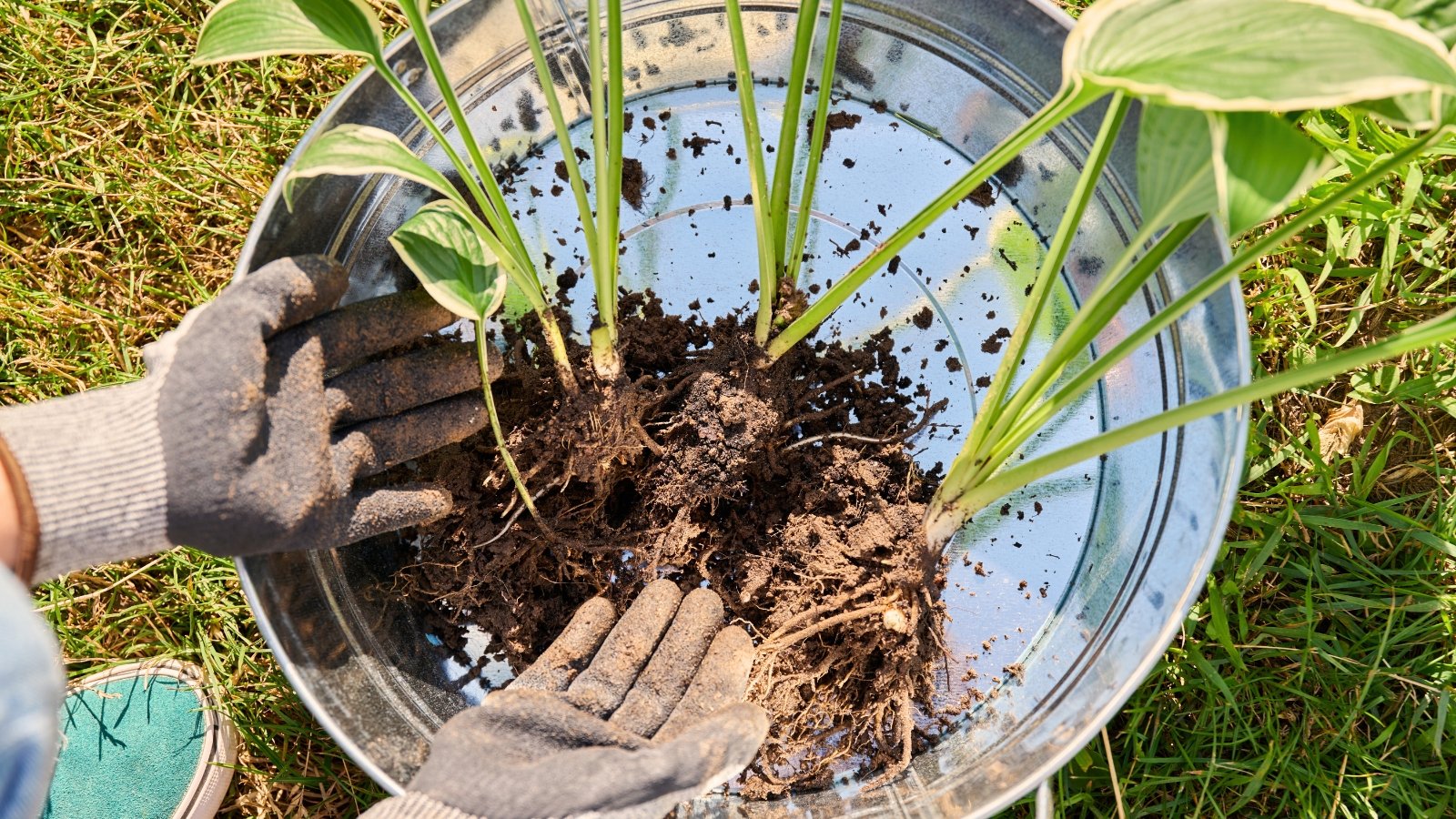 Dividing crowded perennials helps roots anchor before dormancy.
Dividing crowded perennials helps roots anchor before dormancy.Dividing perennials is a great task to add to your October garden checklist. It’s a great way to refresh your garden, keep your plants healthy, and create more plants for next year. Many plants become crowded over time and need dividing to keep their roots and crowns healthy.
The cool temperatures and warm soil, paired with rainy fall weather, are a low-stress environment for plants. Dividing them can be stressful, so doing it during this time of year will help them get acclimated faster. Without the intense heat to contend with, their roots can grow and anchor them for dormancy.
Support Pollinators
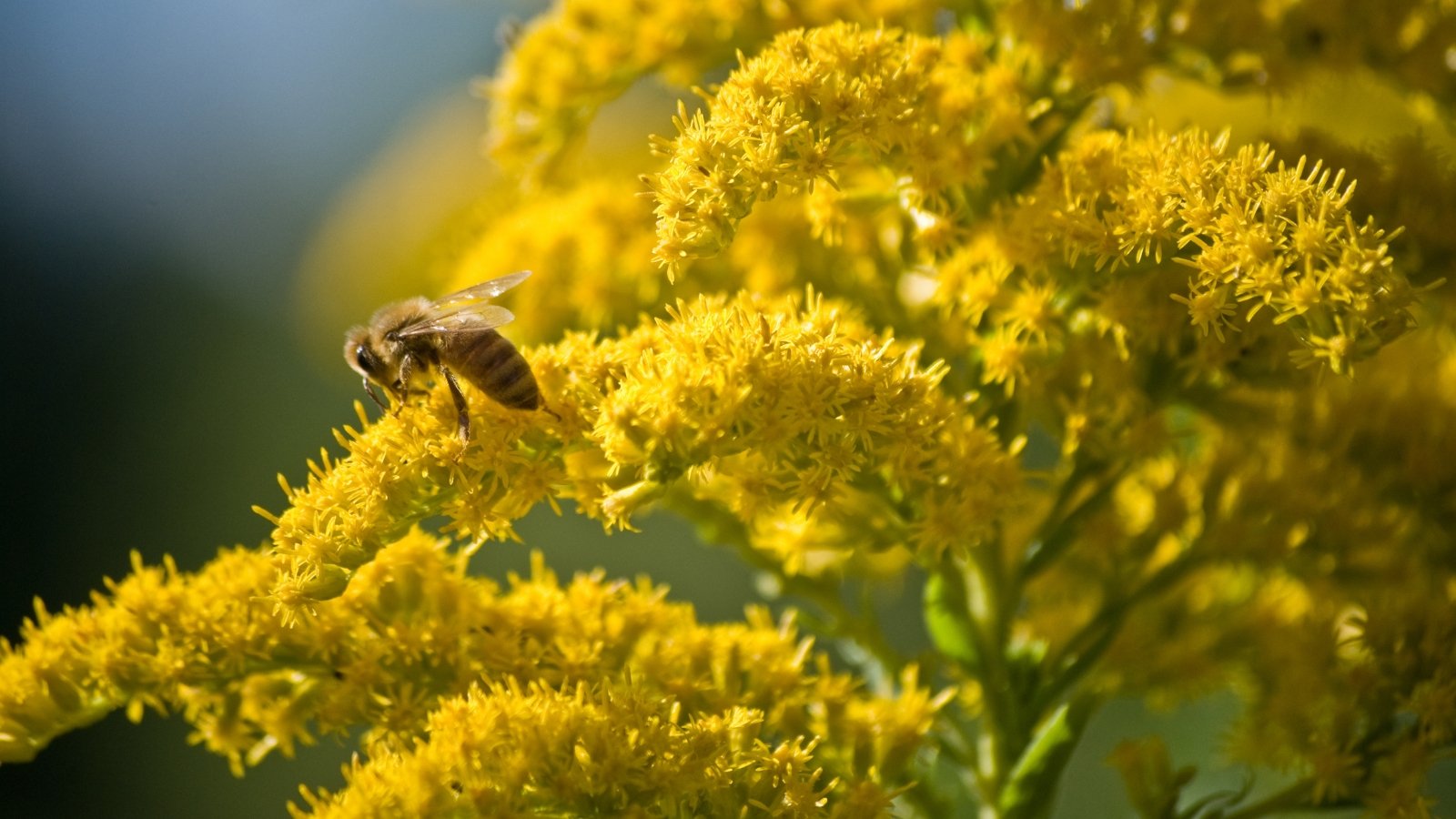 Planting fall flowers supports wildlife before cold weather.
Planting fall flowers supports wildlife before cold weather.Make sure to add pollinator support to your October garden checklist. They need our help now more than ever. As the warm weather winds down, pollinators will be busy stocking up on food for winter and looking for shelter.
Plant native, fall-flowering perennials to help feed them now and for years to come. Goldenrod is a favorite. Asters, mistflower, Joe Pye weed, and others are all great food sources for these creatures in the fall.
Many pollinating insects overwinter in their larval state. A lot of them spend the winter hibernating in leftover brush, leaf litter, and hollow stems.
Cleaning up debris is important, but don’t toss those leaves. Create a brush pile with them. Pile leaves in an out-of-the-way spot and allow them to break down naturally. Pollinators will use this pile to overwinter, and in the spring, you’ll have nutrient-rich leaf mulch.
Many pollinators, birds, and small mammals will be looking for water in fall and winter, too. Keep birdbaths full, and if you don’t already have a water source available, add one. Keeping wildlife healthy is an important part of keeping the entire garden ecosystem healthy.
Add Compost to Beds
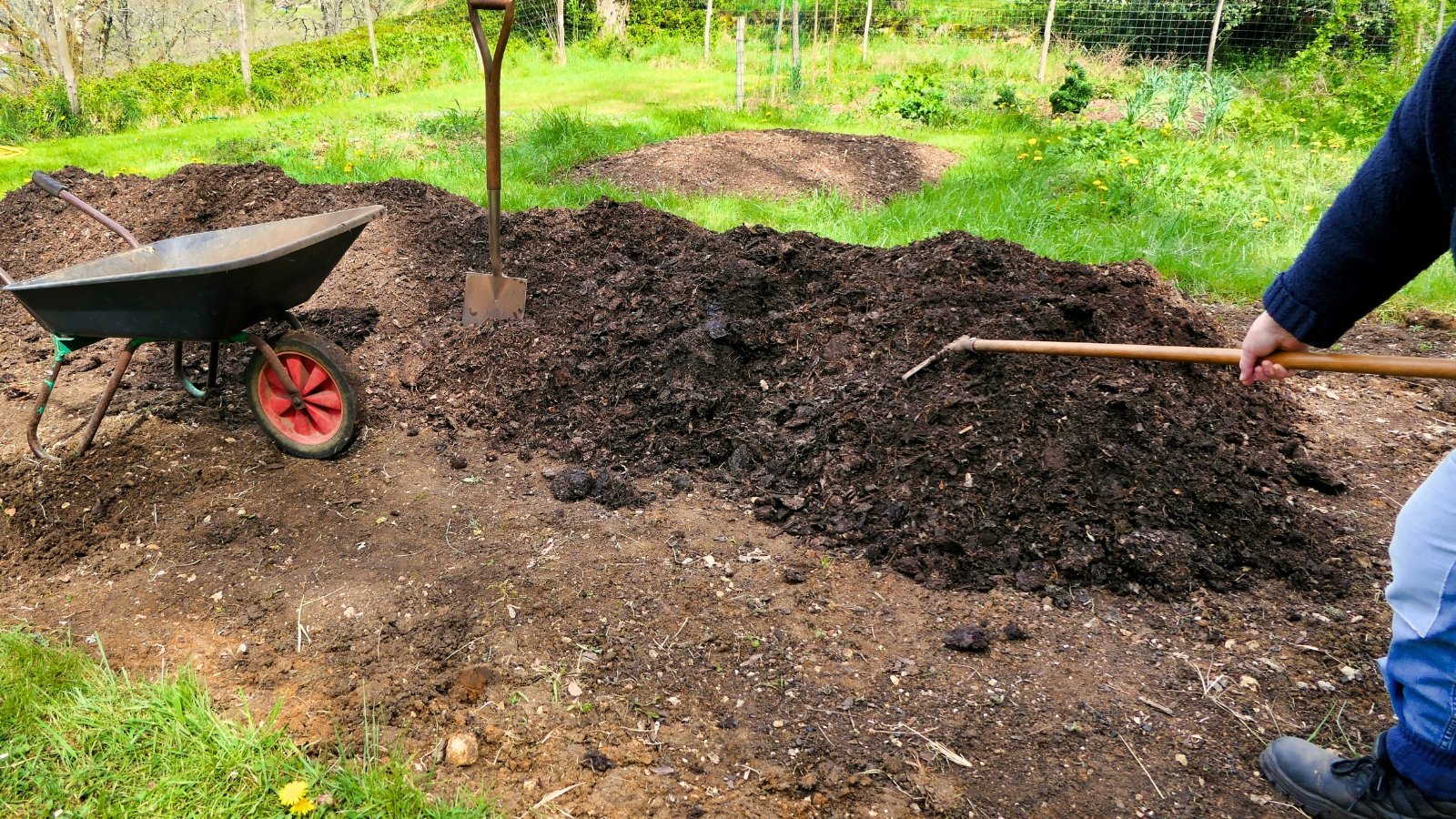 Heavy compost loads move easily with a cart.
Heavy compost loads move easily with a cart.A simple, but effective task to add to your October garden checklist is spreading compost. Adding compost to your beds is one of the most effective ways to feed your soil. This sets up your plants for success in the new year.
Compost improves soil structure by loosening compacted soil and helping sandy soil retain moisture. It helps with drainage and root growth, and adds nutrients back into depleted soil. Applying it in the fall gives soil microbes and earthworms plenty of time to work it in.
Once you’ve done all of your clearing and cleaning up, spread a layer of finished compost down. You can leave it on top or rake it into the top layer of soil. By spring, your soil will be rich, soft, fertile, and ready to grow!
Hauling compost around bag by bag is a lot of work. You can cut down considerably on time and effort by using a yard cart or wheelbarrow. Gorilla’s 5 Cu. Ft. Poly Yard Cart is big enough to handle a heavy load and is easy to move around the garden.

Mulch
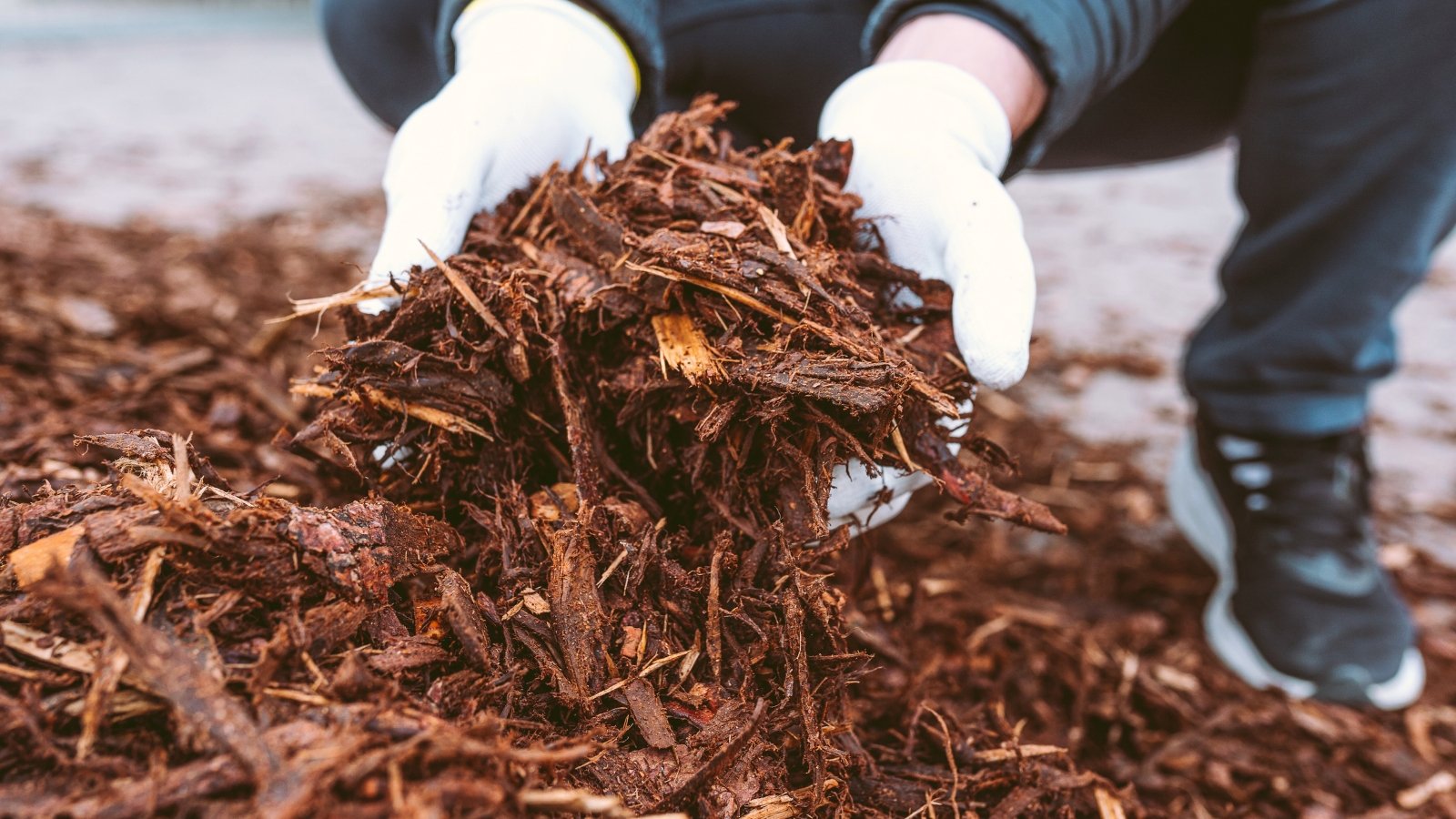 Mulch shields bulbs and roots from frost heaving.
Mulch shields bulbs and roots from frost heaving.Make sure to add mulching to your October garden checklist. This is one of the most valuable tasks you can do to protect your plants and enrich your soil. Adding a layer of organic mulch to your beds and around trees and shrubs is like a blanket for the soil and roots.
Mulch insulates the soil, helping to regulate temperature when the air fluctuates quickly. It also holds in moisture and protects bulbs and roots from frost heaving. As an added bonus, it helps keep weeds to a minimum in the fall, long enough for plants to make their comeback.
In addition to protecting your existing plants, mulch is great for enriching the soil. Just like adding compost, organic mulch will break down over time. It feeds the microbes and earthworms in your soil, improving structure and drainage. It’s a win-win!
This is another task that will go much faster with a yard cart. We love the Gorilla dump carts for mulch because you don’t even have to lift it out when you reach your location. It’s like a tiny dump truck for your garden.
Reduce Watering
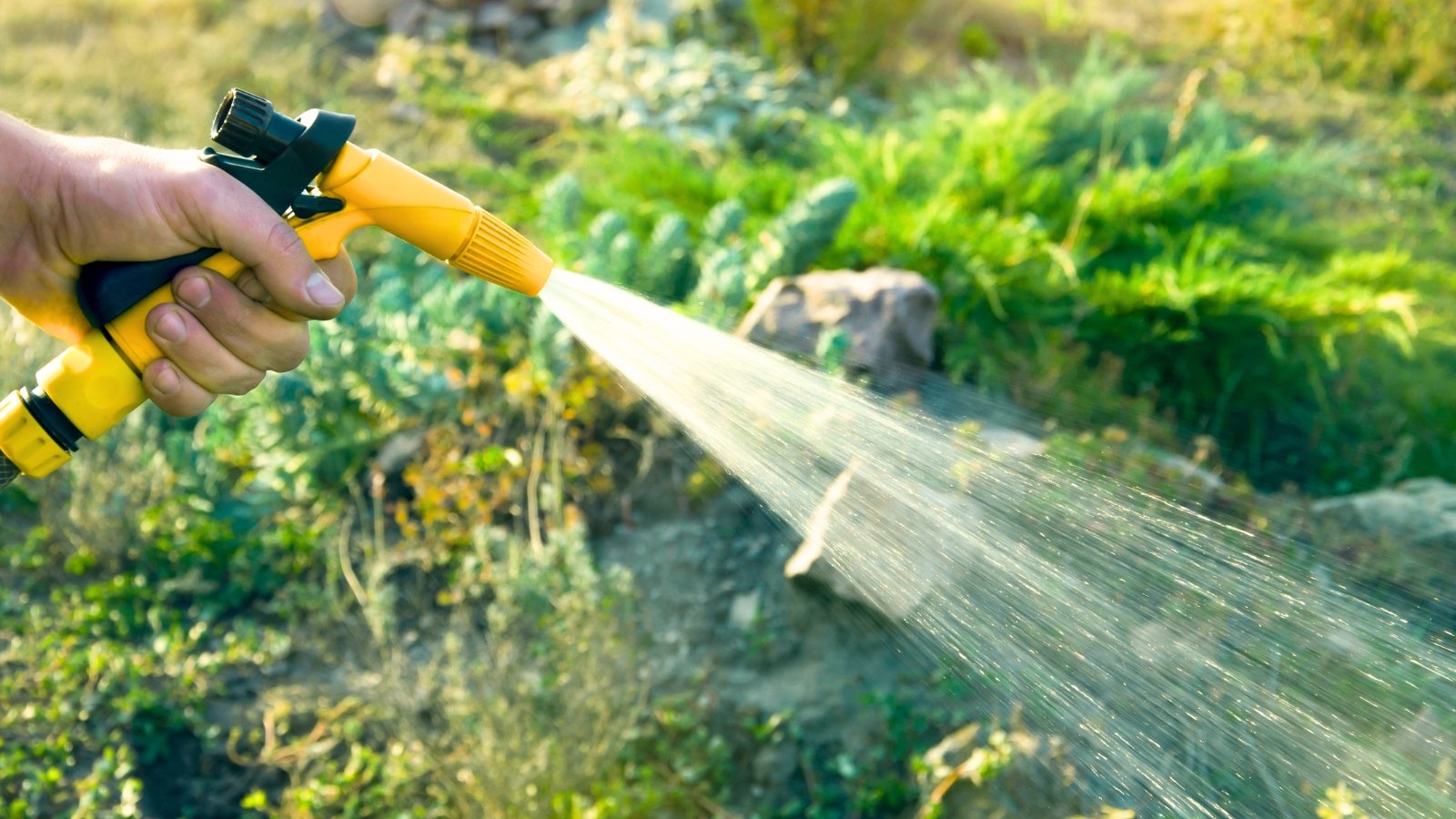 Overwatering now can cause root rot and fungus.
Overwatering now can cause root rot and fungus.As we get closer to winter, another important thing to do in the garden is to reduce watering. Many regions experience more rainfall in autumn to begin with. As your plants prepare for and begin to go dormant, they need less water.
There is also the matter of evaporation. Water evaporates much faster in the summer heat.
Overwatering in the fall can have disastrous effects. It encourages fungus, root rot, and weak new growth that won’t survive winter.
Don’t stop watering altogether in October. It should be a tapering off. Newly planted shrubs, trees, and perennials still need regular watering, as will your cool-weather vegetables.


 9 hours ago
3
9 hours ago
3
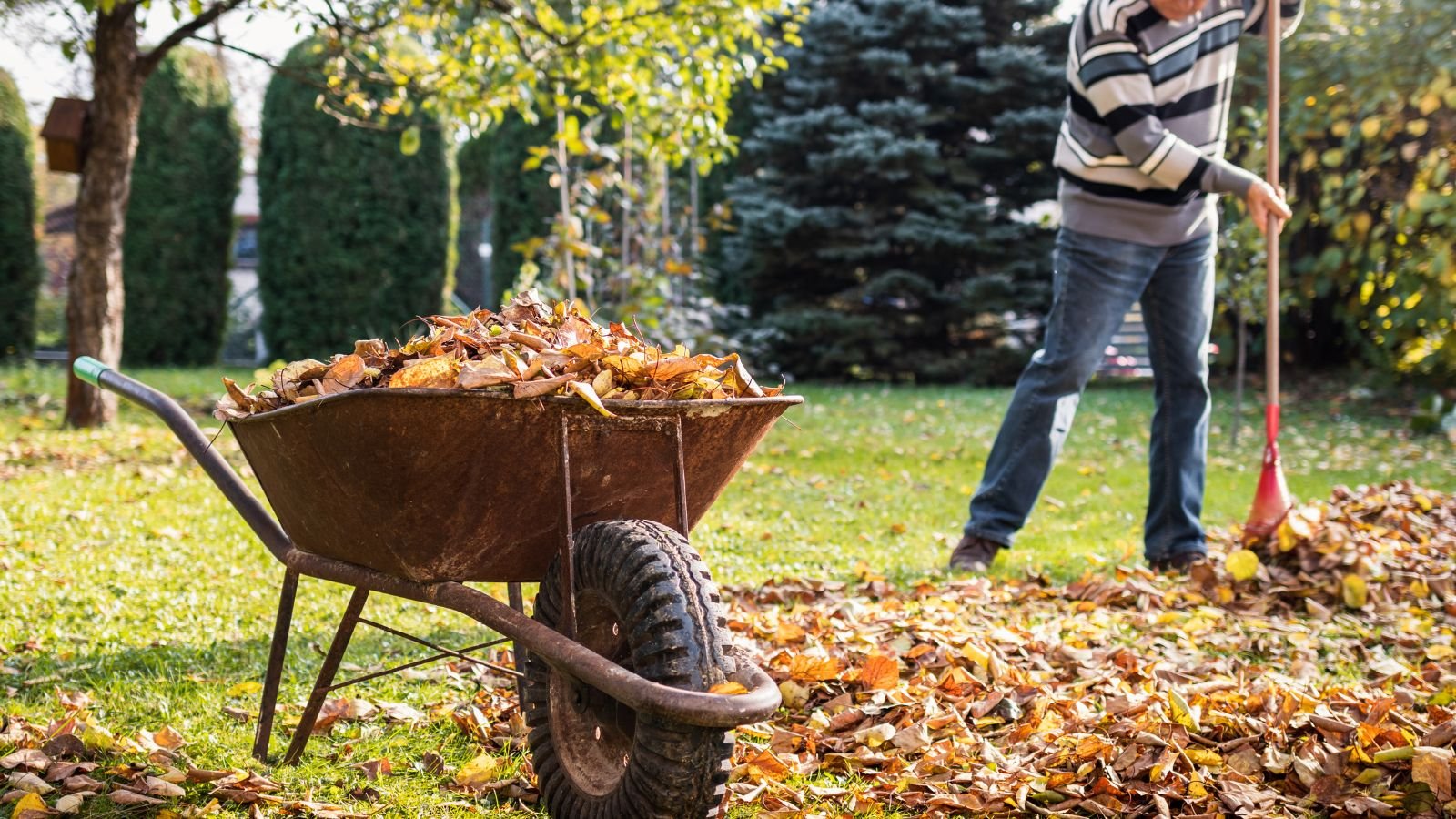
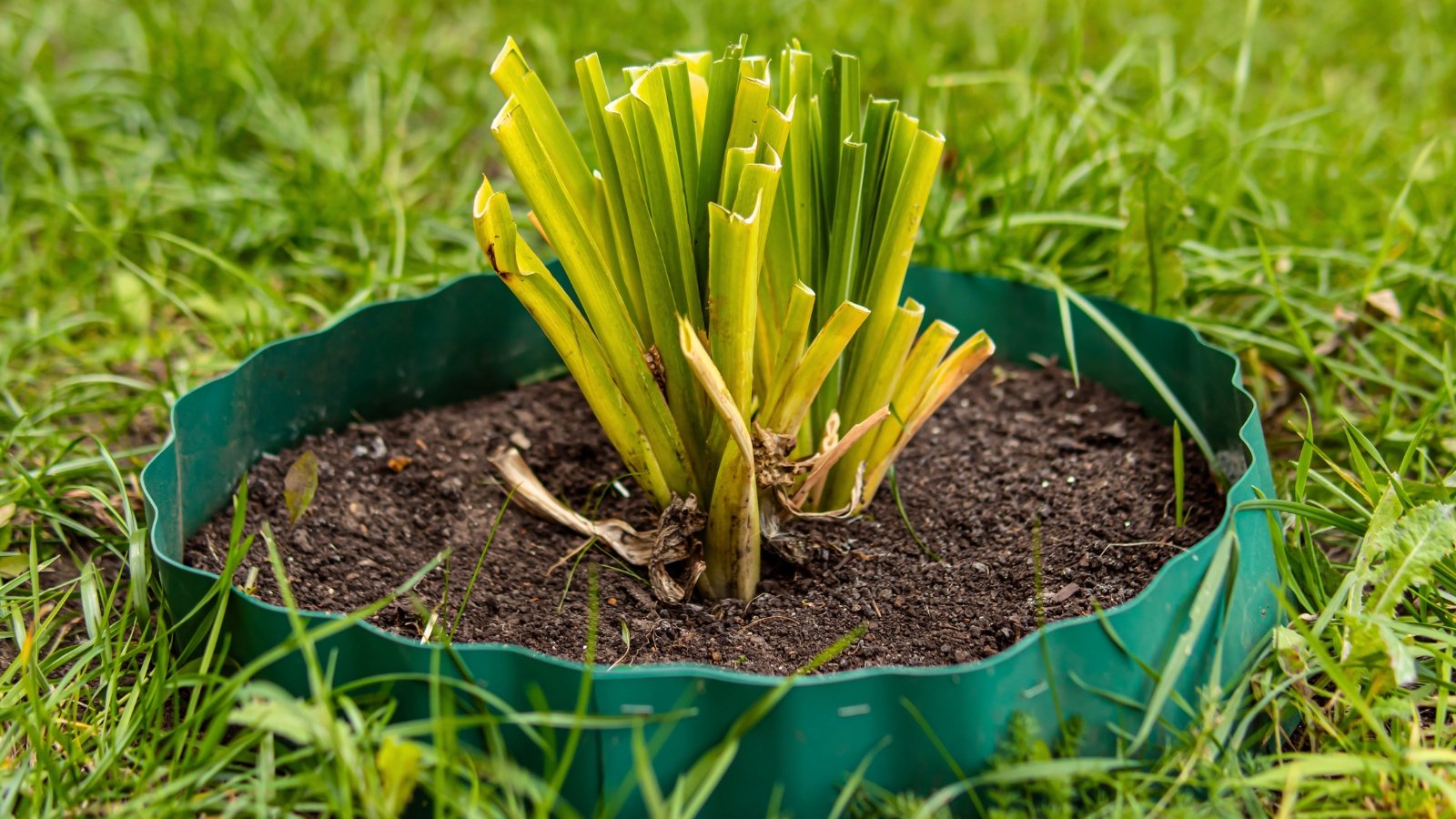



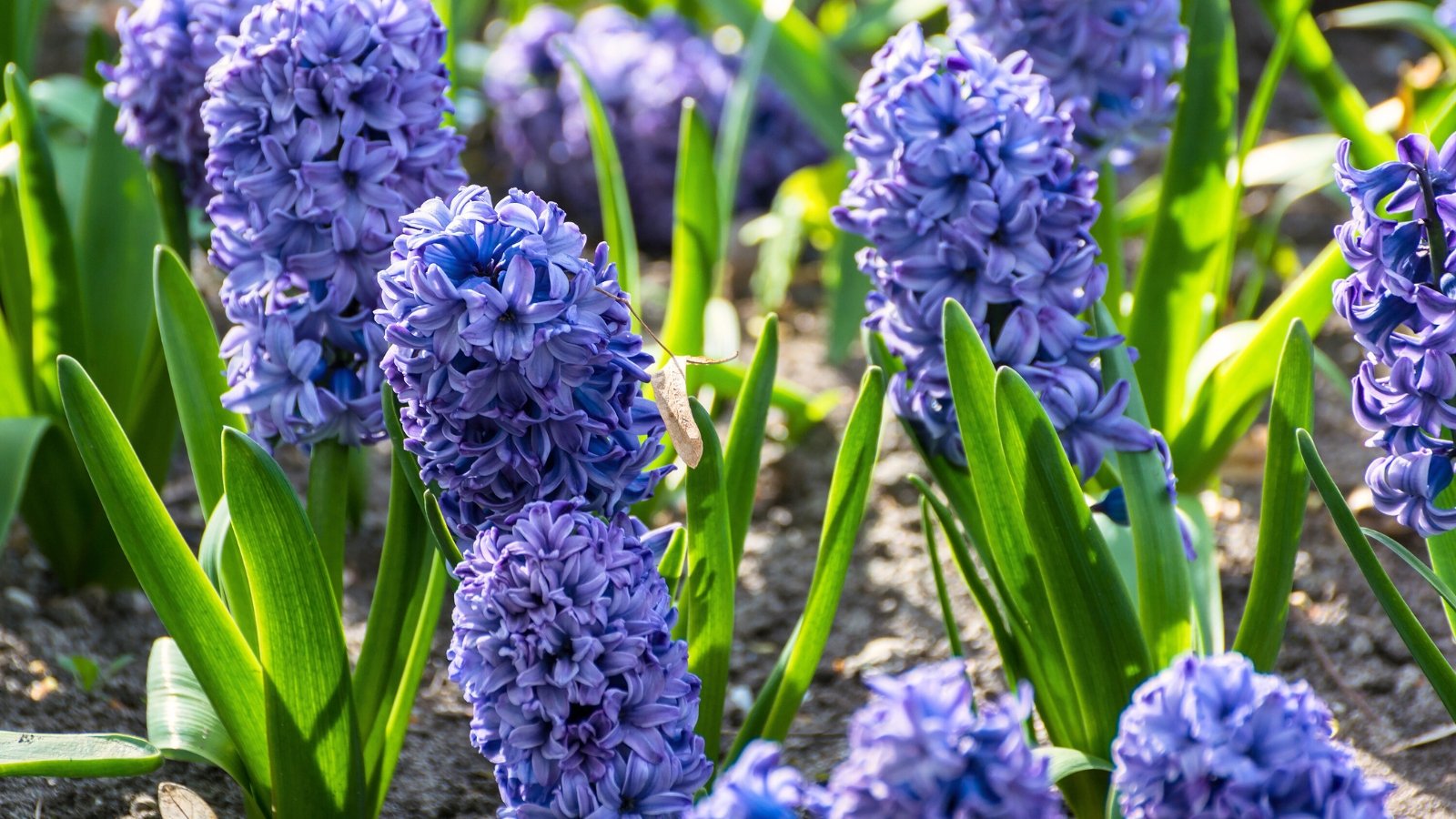















 English (US) ·
English (US) ·  French (CA) ·
French (CA) ·